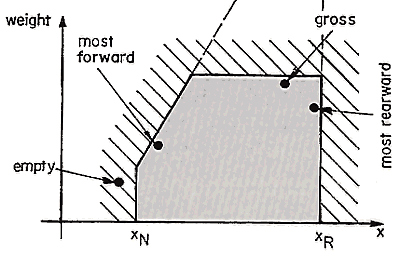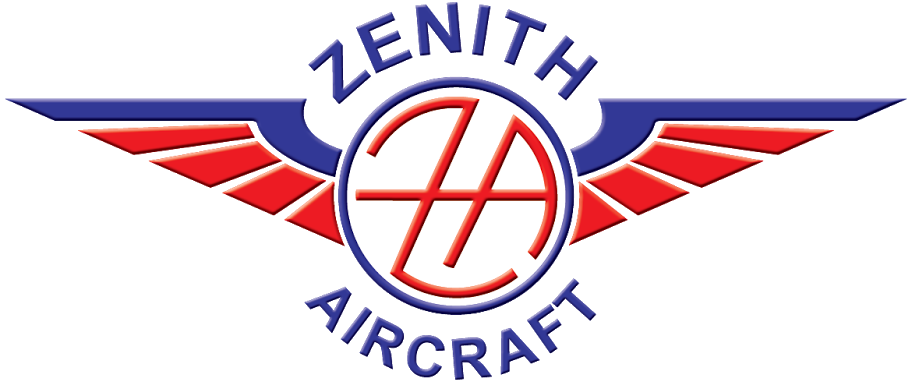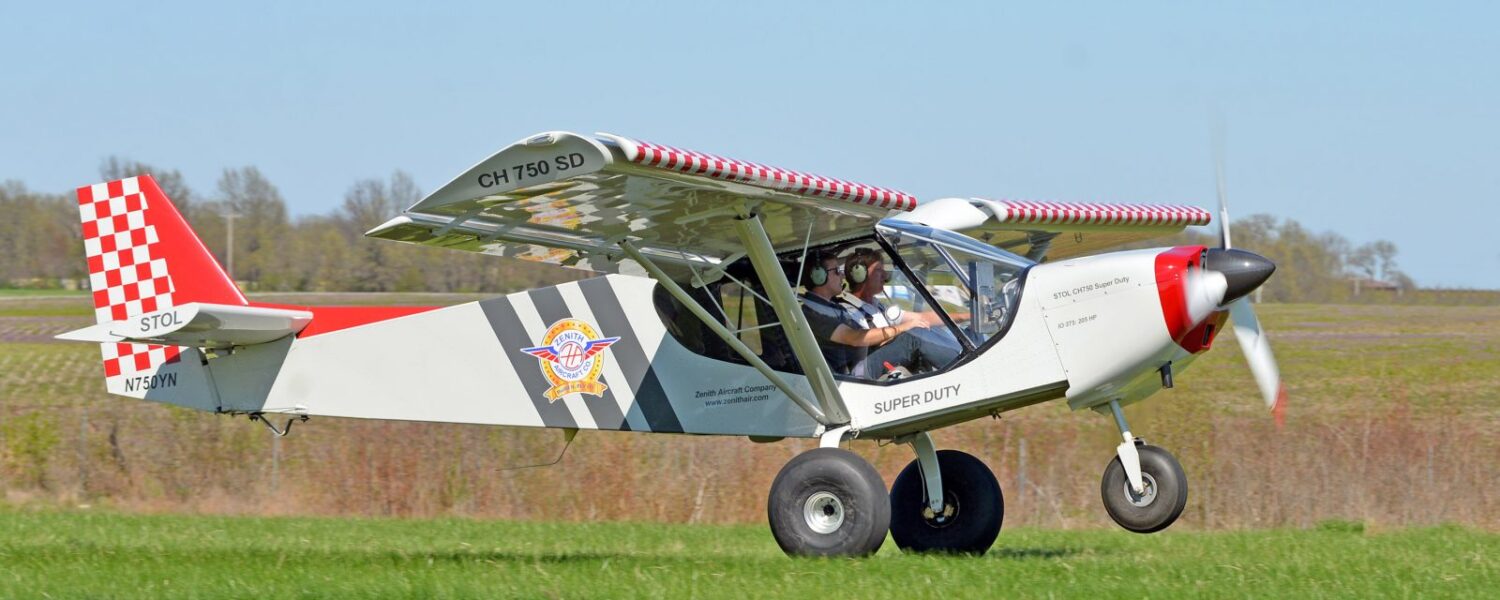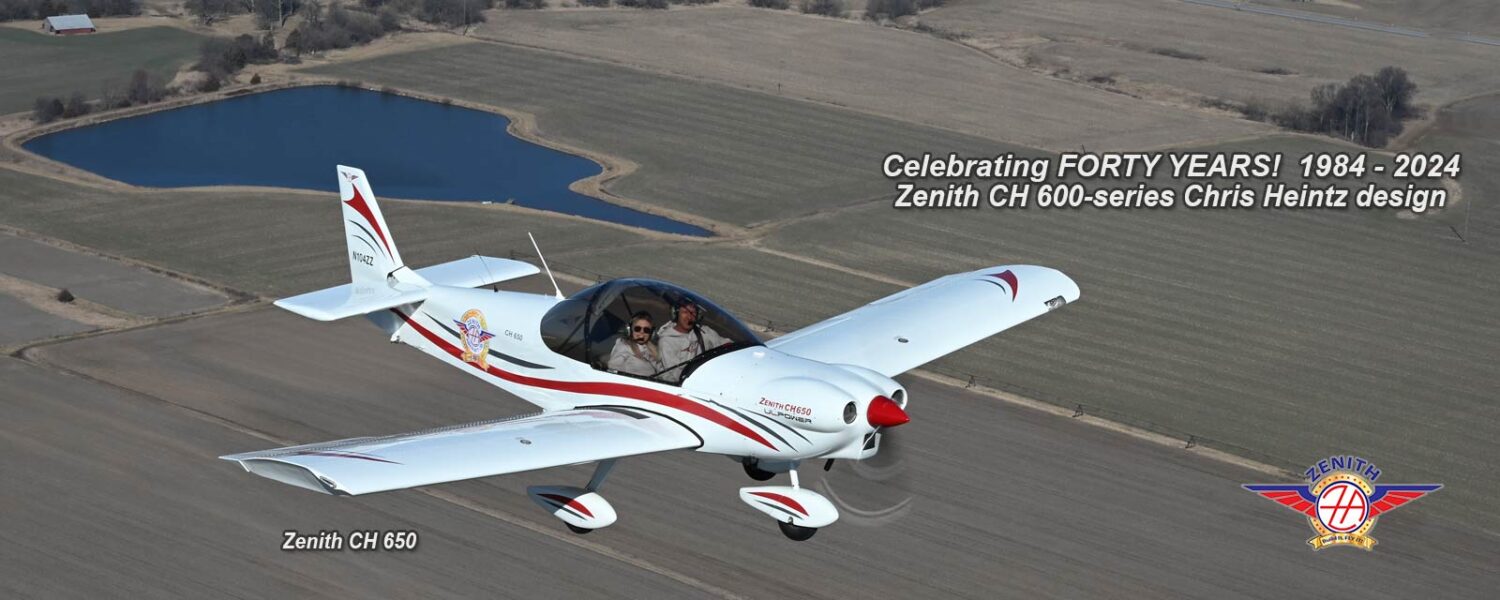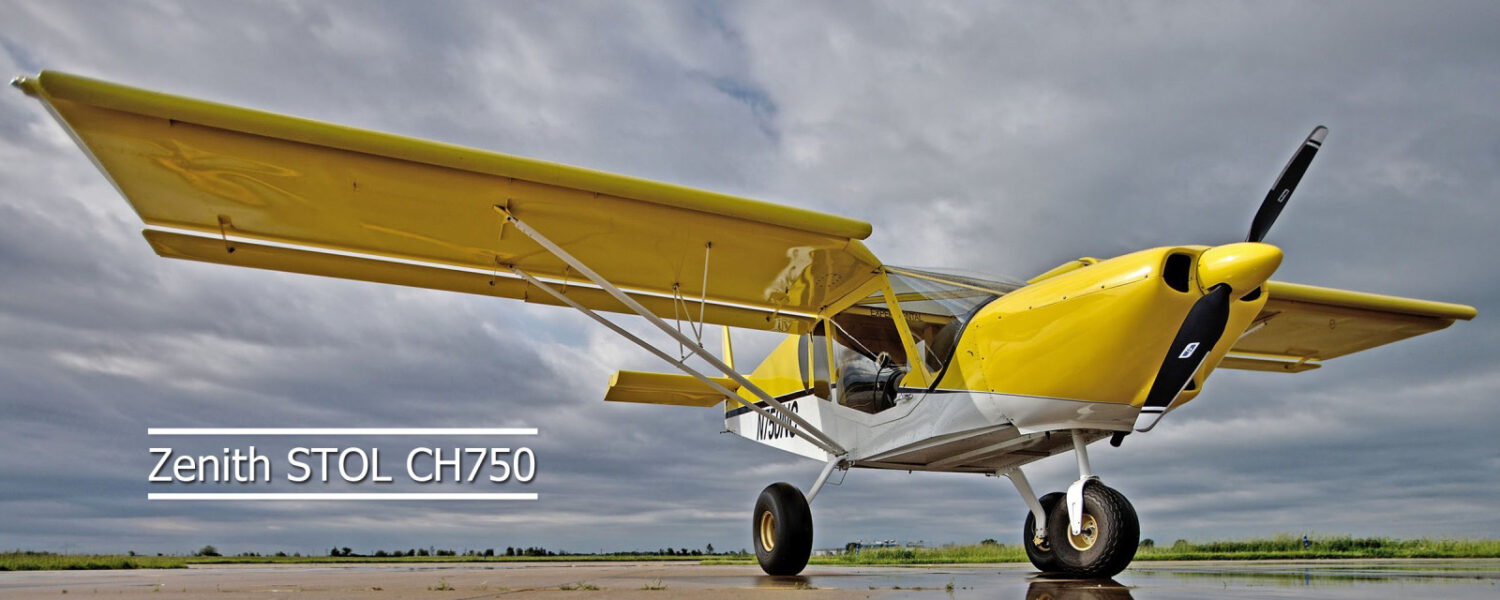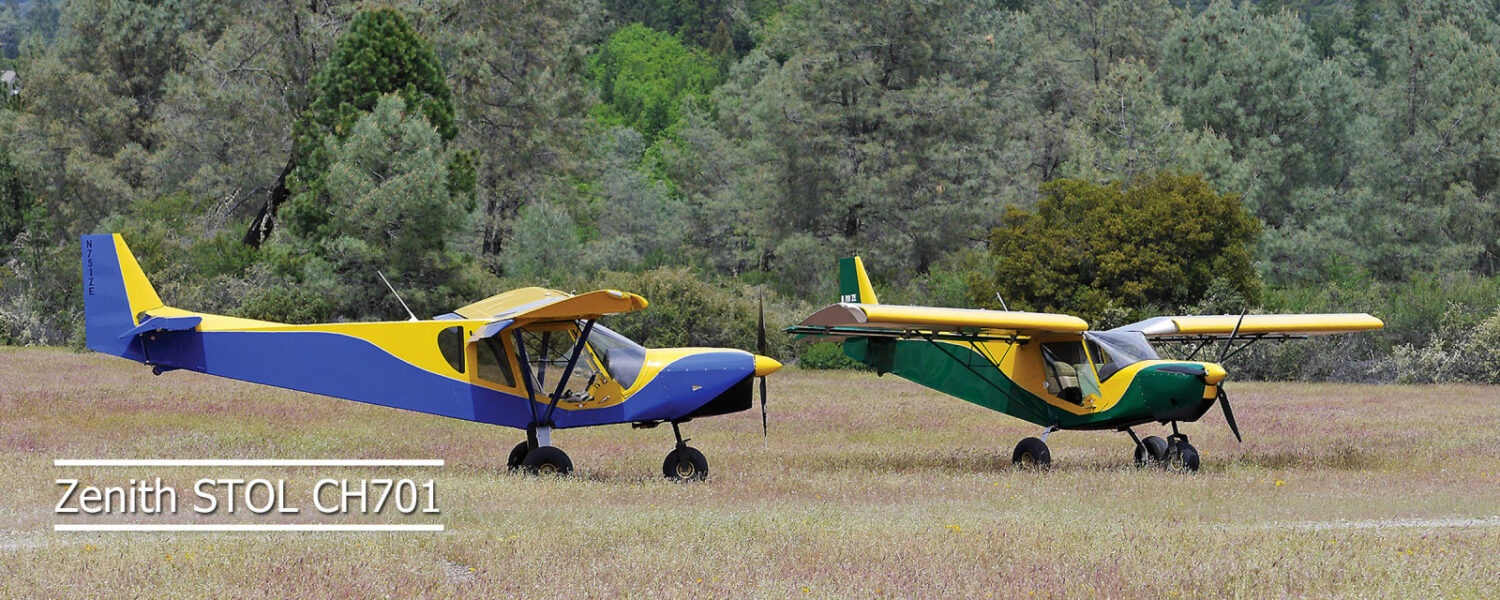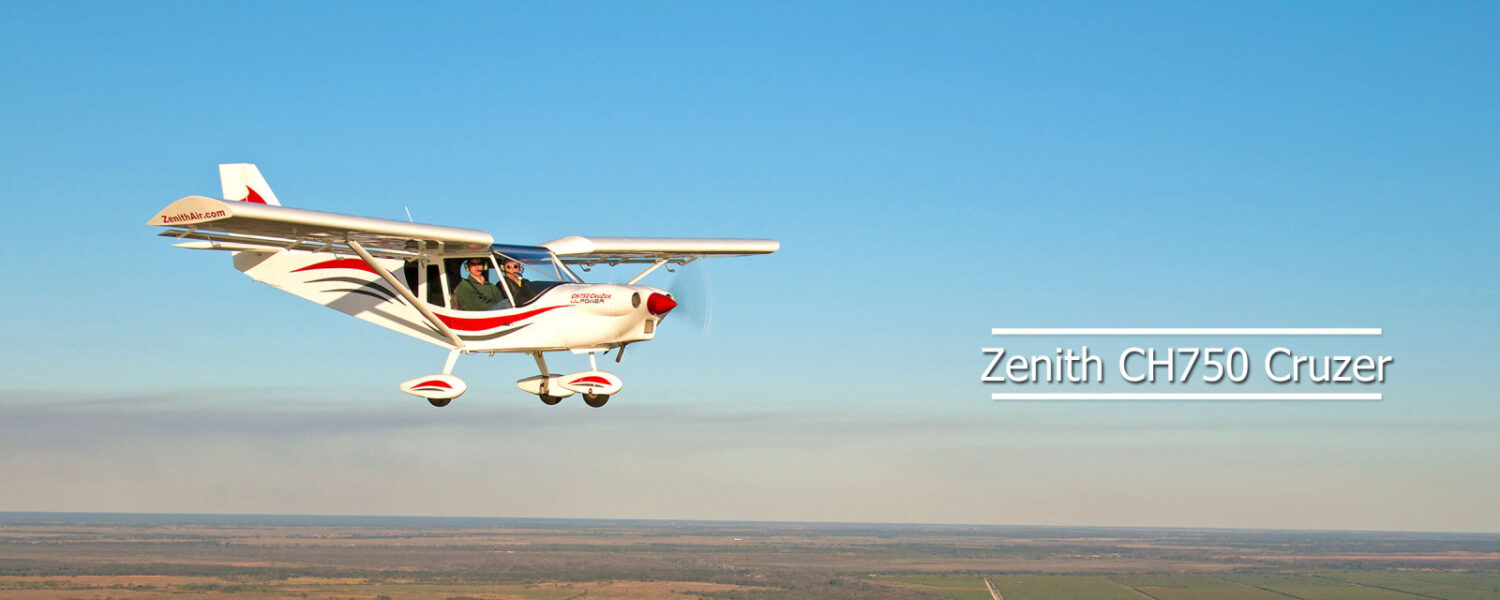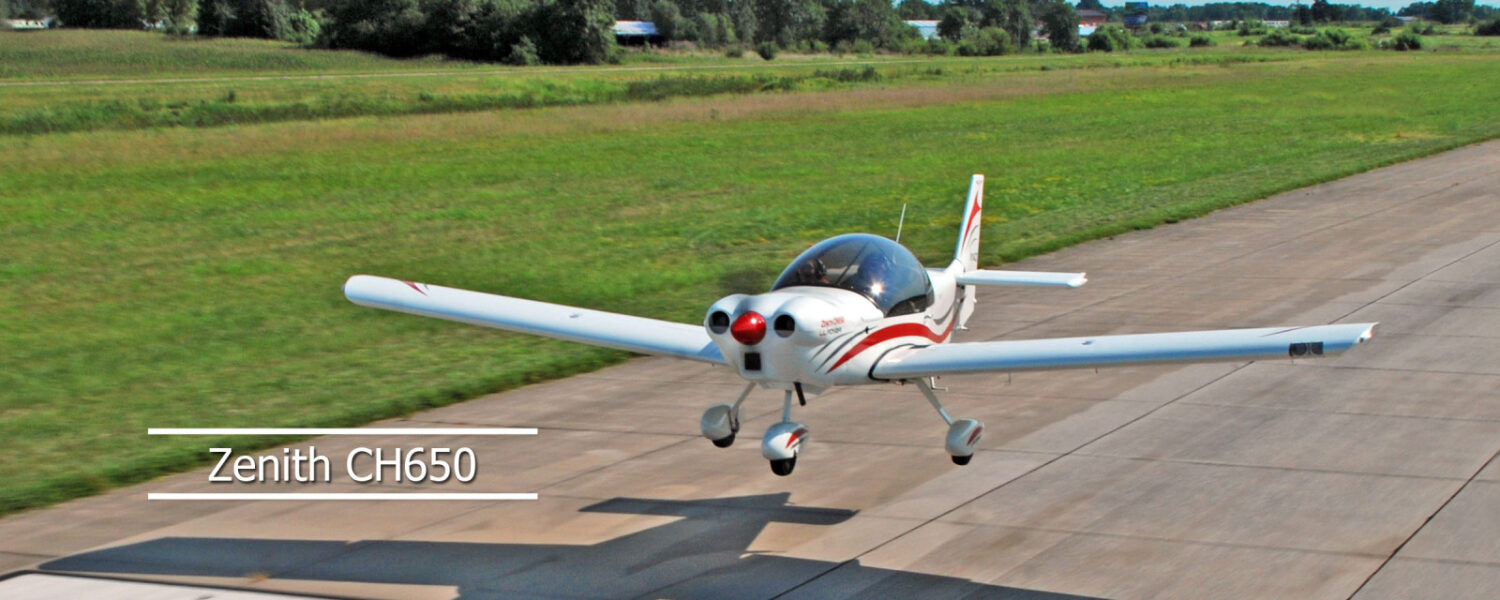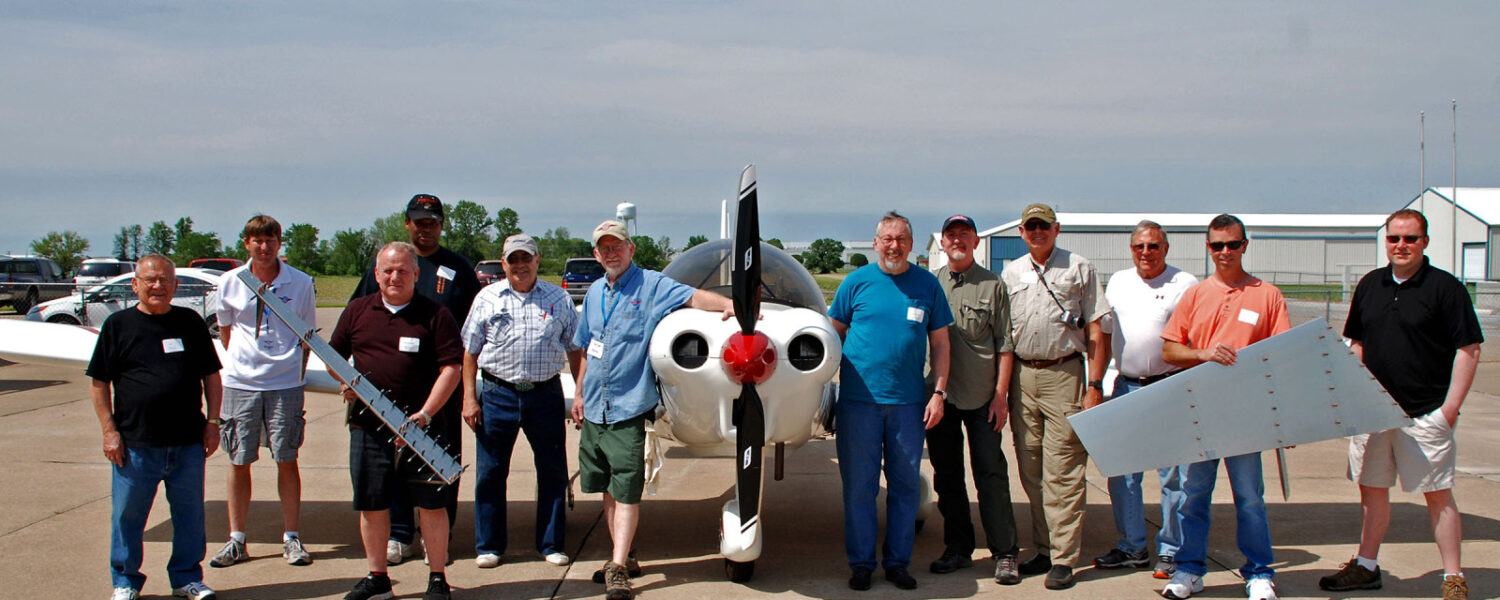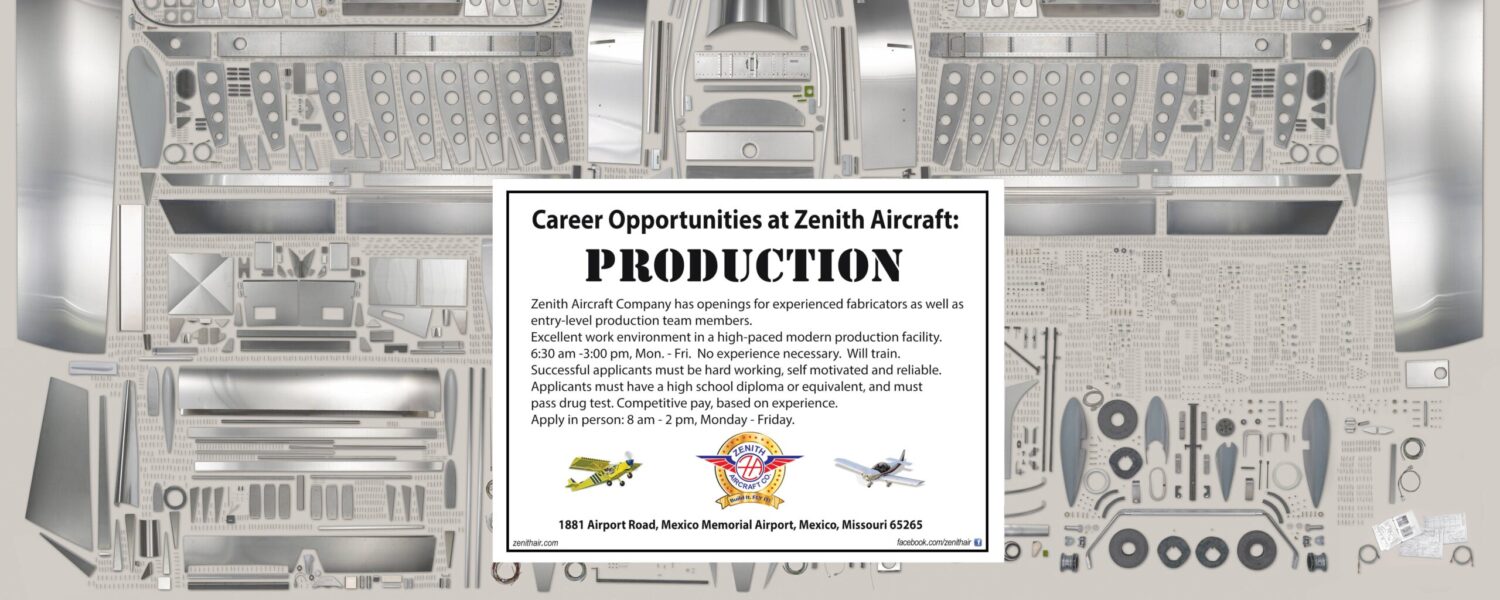By Chris Heintz, P. Eng.
Figure 14
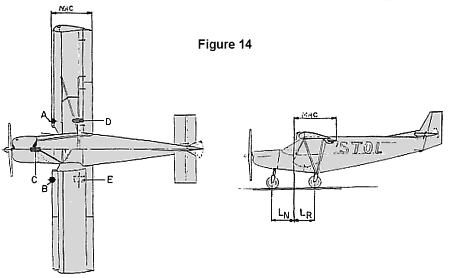
For each of the above configurations the aircraft must be leveled – a standard 16 to 18 inch spirit level must show the horizontal reference (stated by a serious designer on the drawings) to be horizontal (use small pieces of 2 x 4 and 1/2 inch plywood under the wheels until this is achieved).
On a reasonably level floor, mark the points (A through E) where the plumb line touches. Points A and B are the right and left wing leading edge positions (close to the main wheels unless otherwise specified by the designer). Points C, D and E are the nose (tail) wheel axle and right and left main wheel axle positions respectively. See Figure 14.
After moving the aircraft away, you obtain the following information:
Draw lines AB and DE (see Figure 15) and measure the distance of lines LN and LR (this method will provide a geometric average). Note: If the shock absorbers of your aircraft are very soft, you may have to measure at the various configurations and use the average LR and LN.
Next, check the accuracy of your scales: For example, your own weight should indicate the same reading on all three scales, or if you pile the scales one on top of the other, the reading should increase by the weight of the scales sitting on top of the one you are reading. Note: In most cases three bathroom scales are adequate, provided you’ve checked them for accuracy – your better half, daughters) or neighbors may not be aware of the care required to maintain “precision” scales.
| TABLE 1 | Example | Empty | Forward CG | Rearward CG | Gross |
| WN WR WL | 90 170 145 | ||||
| WM = WR + WL W = WM + WN | 315 405 | ||||
| LN LR WN x LN WM x LR | |||||
| M = WM x LR – WN x LN M/W | |||||
| (M/W) / MAC | |||||
NOTES
| |||||
While the aircraft is sitting on the three scales and level, read the following weights.
WN: the nose (or tail) wheel weight – is equal to the scale reading less the weight of any leveling wood)
WR, WL: the main wheel weight – right and left wheels – again is the scale reading less any leveling materials used.
The minimum weight positions which must be taken are: the aircraft empty, most forward CG, most rearward CG and gross weight.
Now, we need to do some simple arithmetic (no need to program your computer) to bring all this information together. Simply use Table 1.
MAC is measured in the same units as LR and LN (inches or millimeters).
Figure 15
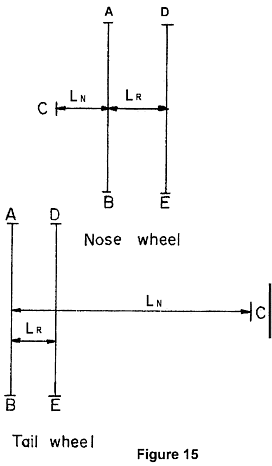
To check if your aircraft is within the limits given by the designer, mark the following points on the weight and balance diagram.
If all points (except empty aircraft, as you never fly it empty) fall within the limits discussed, the aircraft is correctly balanced.
If the forward limit is not achieved, some ballast weight (solidly bolted near the tail end) will solve the problem, but you will need to do another full sequence of weighing to check the gross and rear limit. One suggestion to solve this imbalance is to move the battery further back.
If the rear limit is exceeded, you must be aware of this situation and should not try to spin the aircraft. Adding weight in the front is usually not very efficient; the best suggestion is to limit the baggage or reposition the engine further forward, but this may require new engine mounts and a new cowl.
If the gross weight is exceeded, again limit the baggage or don’t take a passenger. You have probably simply added too many gadgets; the best idea is to remove some. Upholstery can become very heavy; do you really need all those expensive electronics for the type of flying you are doing?
If you fly over gross weight but within the extended CG limits, you must avoid heavy “G” loads; make gentle turns, reduce speed in gusty weather and make good landings . . . and have good luck!
Figure 16
